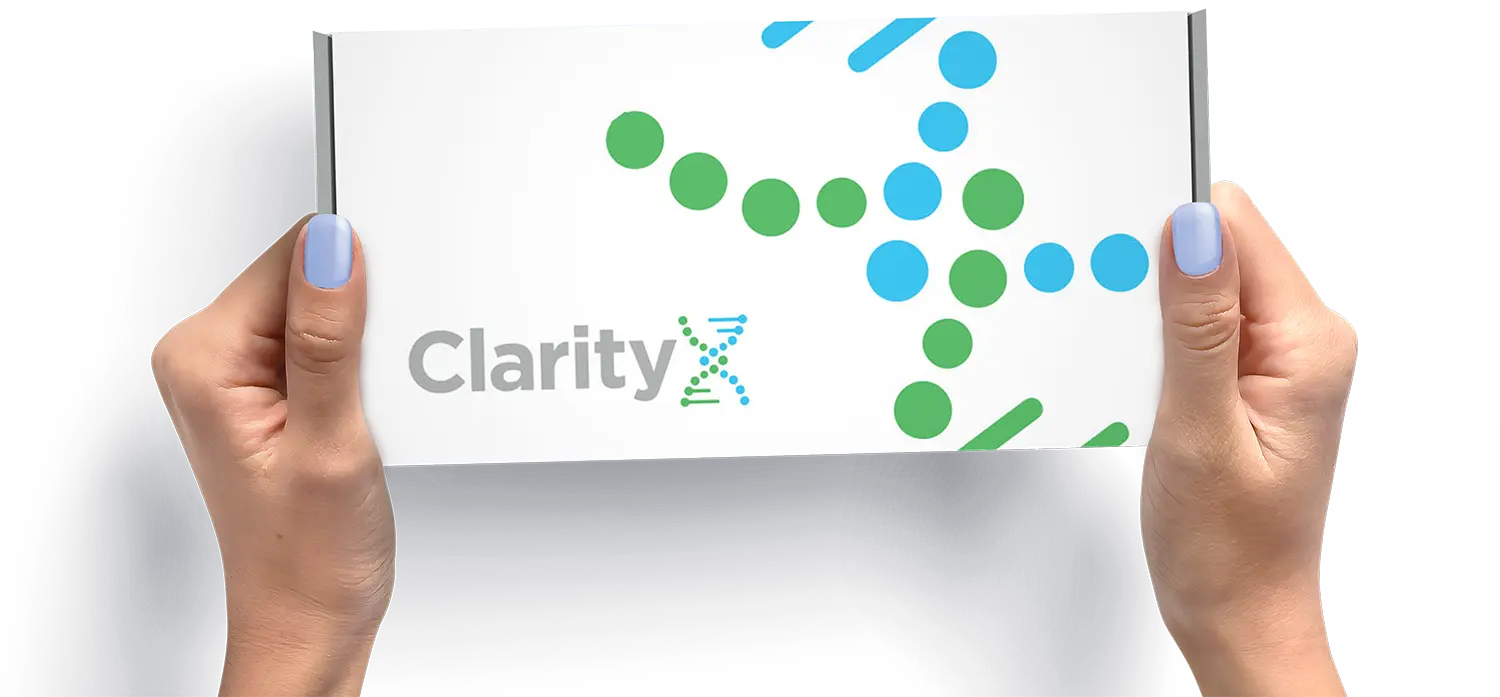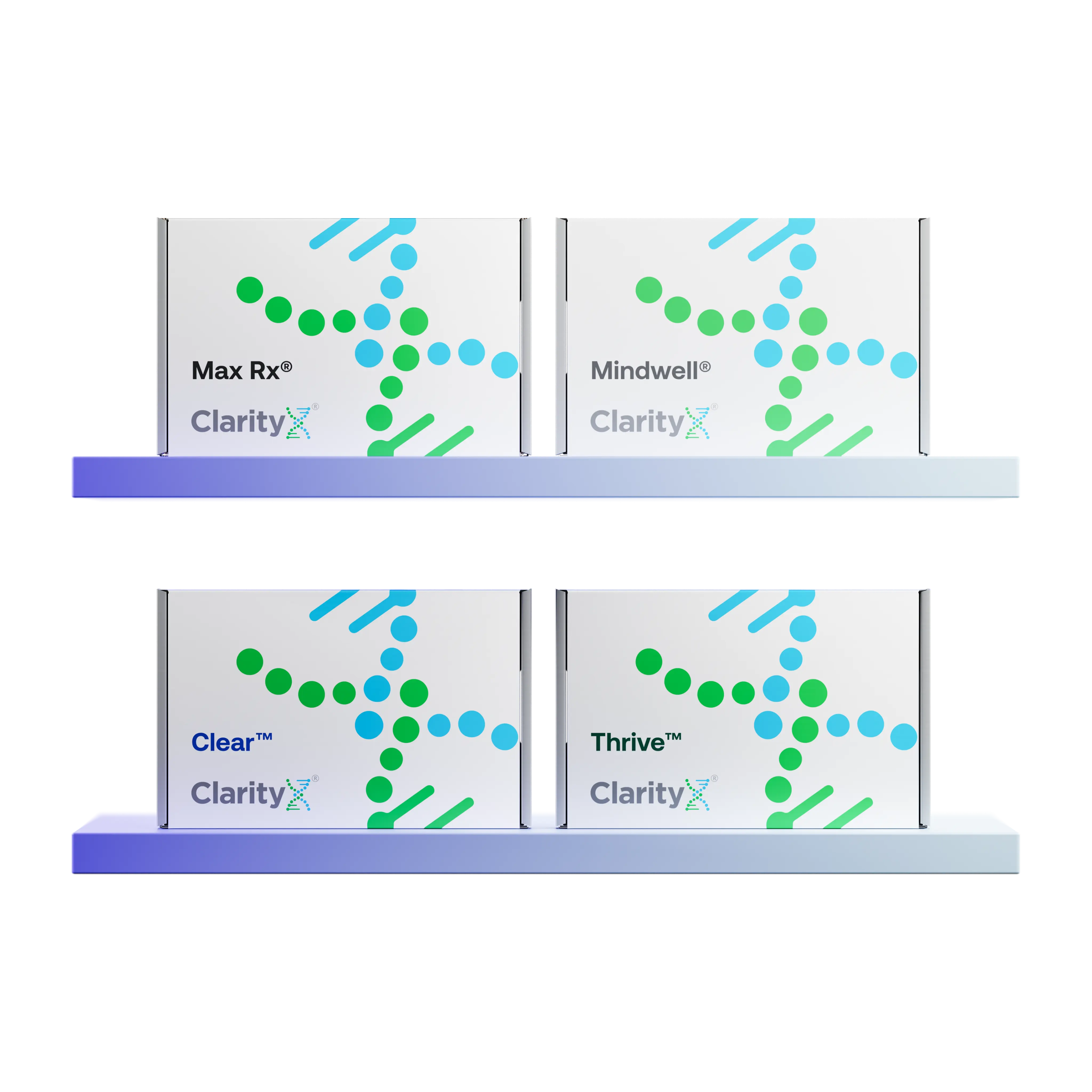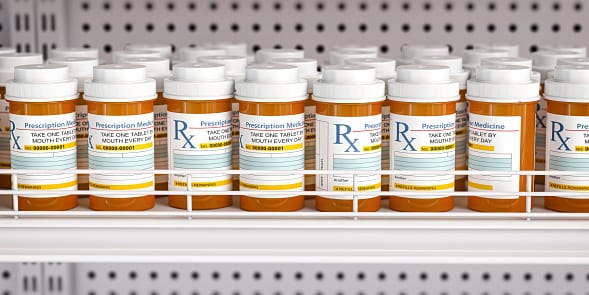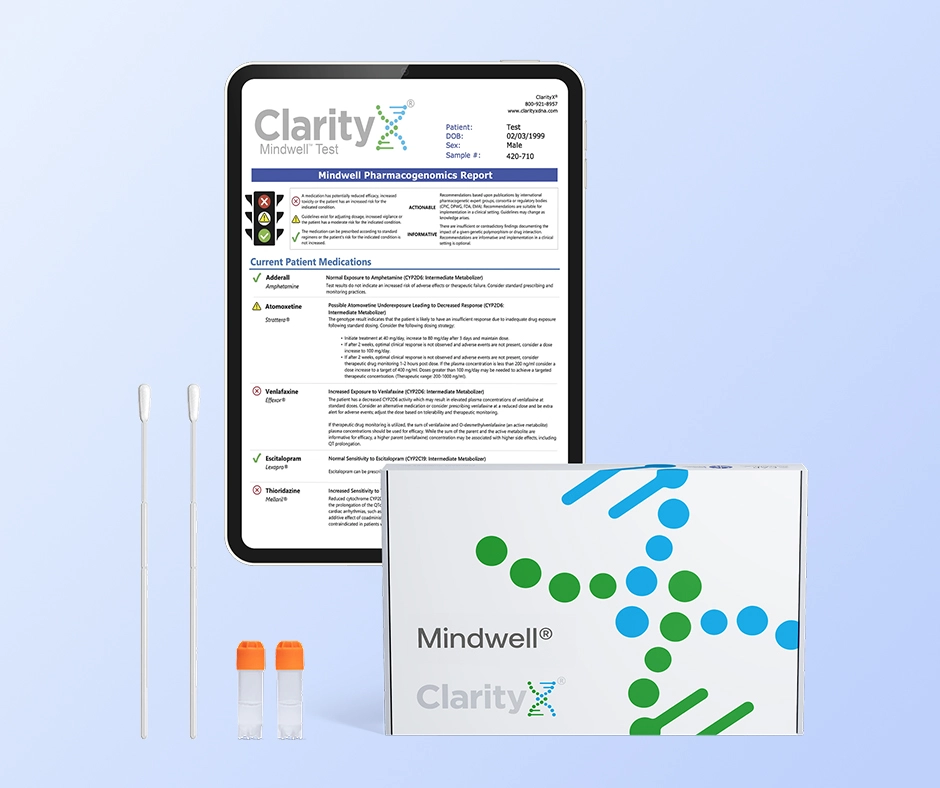Key Highlights
- Vyvanse® usually starts to work in 1 to 2 hours, with its strongest effects showing up around 3 to 4 hours after taking it.
- How it works can vary from person to person, depending on factors such as metabolism, dosage, and food intake.
- Vyvanse is a long-acting medication. Its effects can last for up to 14 hours, helping many individuals manage their symptoms throughout the day.
- It is important to talk to a doctor about the right dosage and to see how well it works for your needs.
- Since Vyvanse is a controlled substance due to a high risk of misuse. Following the prescribed dosage is very important.
Introduction
Vyvanse® is a medication prescribed for attention deficit hyperactivity disorder (ADHD) and binge eating disorder. It is recognized for assisting individuals in improving focus and reducing impulsive behaviors. As a central nervous system stimulant, Vyvanse alters the functioning of certain chemicals in the brain. So, how long does it take for Vyvanse to begin working? This guide will address this frequently asked question. It will also provide important information regarding what influences the speed at which Vyvanse takes effect and how individuals may feel during treatment with Vyvanse.
Understanding Vyvanse and Its Uses
Vyvanse® is somewhat unique among stimulants in that it does not act directly in the body. Vyvanse (lisdexamfetamine) is a prodrug, which means it stays inactive until it meets certain enzymes in your body. This process helps release the active ingredient and the active drug, dextroamphetamine, slowly and steadily.
Because it’s a prodrug, it can take a little longer to become active compared with other stimulants, but it tends to remain active in the body for a longer time throughout the day.
What is Vyvanse?
Vyvanse, also known as lisdexamfetamine dimesylate, is a prescription stimulant. It’s often used to assist with attention, focus, and impulse control. This makes it an effective choice for treating attention deficit and hyperactivity disorder (ADHD) and moderate to severe binge eating disorder.
Due to the risk of misusing Vyvanse or developing a dependency, the Drug Enforcement Administration (DEA) classifies it as a Schedule II controlled substance. This classification enforces strict regulations regarding its prescription, distribution, and use.
Because of its controlled status, it is crucial to use Vyvanse responsibly. It's important to stay in contact with your healthcare provider. They can offer personalized advice, monitor your progress, and assist you with any concerns you may have during your treatment.
Vyvanse for ADHD and Binge Eating Disorder
ADHD is a condition that affects brain development. It causes problems with attention, hyperactivity, and impulsivity. Millions of people live with this disorder, and it can significantly impact daily life. Vyvanse, a medication for ADHD, helps enhance focus and reduce impulsive behavior, providing individuals with ADHD a better opportunity to manage their symptoms.
Binge eating disorder is characterized by eating a lot of food in a short time and feeling a lack of control during these times. These episodes are also frequently followed by ‘purging,’ or purposefully inducing vomiting to remove the food from the stomach. Vyvanse helps manage appetite and control impulses, which may help prevent binge eating episodes.
How Vyvanse Affects the Brain
To understand how Vyvanse works, thinking of your brain like a network full of communication pathways can be helpful. Neurotransmitters are the messengers in this network. They help control your mood, attention, and behavior. Vyvanse helps to improve this communication.
Vyvanse mainly focuses on two important neurotransmitters: dopamine and norepinephrine. Dopamine is known as the "feel-good" chemical. It helps with motivation, reward, and pleasure. Norepinephrine helps you stay alert, focused, and attentive.
By boosting the amounts of these neurotransmitters in the gaps between brain cells, Vyvanse improves how signals are sent. This may help promote better attention, less hyperactivity, and stronger impulse control.
Factors Influencing How Quickly Vyvanse Works
The typical time for Vyvanse to start working is between 1 and 2 hours. However, it is important to know that each person's body is different. Many factors can affect how an individual processes medications, including the impact of Vyvanse. You can think of it like baking a cake. Even if you use the same recipe, varying oven temperatures and ingredient choices can alter the result.
Rather than acting directly, Vyvanse must first be converted to an active form (dextroamphetamine). This process can slow things down and tends to delay the onset of action by about an hour compared with dextroamphetamine dosed directly.
Things like your metabolism, the dose your healthcare provider gives you, and whether you take Vyvanse with food can all cause small changes in how fast it works. However, although it can be slower to start acting, Vyvanse tends to act longer throughout the day. This can lead to better symptom control, but can also contribute to side effects like difficulty sleeping.
Dosage and Its Impact on Effectiveness
Consider your Vyvanse dosage as an adjustable dial. Altering the dosage directly influences the amount of active ingredient present in your body. This, in turn, affects how quickly and effectively the medication works.
Finding the right dose of Vyvanse is an individualized process. It requires careful consideration of your needs, the severity of your symptoms, and your response to the medication. Typically, starting with a low dose is the best approach. Your healthcare provider will gradually increase it until you experience the benefits.
This gradual adjustment allows your healthcare provider to monitor your progress closely. It minimizes side effects and ensures you receive the optimal dose according to your body's needs. Consistent doctor visits and effective communication are essential for enhancing treatment outcomes.
Individual Metabolism Variations
Metabolism is very important for determining how our bodies react to different medications. Drug metabolism is an interesting combination of chemical reactions in your body. These reactions decide how fast you handle and remove substances like medications, including Vyvanse.
Everyone's metabolism is unique, just like fingerprints. It changes based on factors like genetics, age, body type, and lifestyle choices. These differences affect how quickly Vyvanse gets broken down and enters the bloodstream. This, in turn, impacts how soon you feel its results.
Also, possible drug interactions can change how Vyvanse moves through your body. Taking other medications that impact liver enzymes can speed up or slow down how Vyvanse gets broken down. Genetic variations can also impact how active CYP2D6 enzymes are in your body, which is crucial for breaking down and eliminating Vyvanse from the body. This can change how well it works or increase the chance of side effects. It is important to talk to your doctor or pharmacist about your medications to avoid these interactions.
Food and Dietary Considerations
Vyvanse can be taken with or without food. If food is in the stomach with Vyvanse, it may impact how quickly the medication is absorbed (e.g., high fat content may move through the digestive system more slowly, delaying absorption of all stomach contents, including Vyvanse).
Stimulants like Vyvanse tend to decrease appetite. This can be of particular concern in pediatric and adolescent patients, as it may affect growth patterns. It’s important to regularly attend follow-up appointments and ensure height and weight measurements remain within a healthy range.
Managing Expectations and Experiences
Starting a new medication can evoke feelings of excitement and uncertainty. When taking Vyvanse, it's essential to maintain realistic expectations. Each person responds differently, so determining the right dosage may require some time.
Think of it like tuning a musical instrument — you often need to make adjustments to achieve the right balance. It’s essential to be patient and communicate openly with your healthcare provider. This enables them to tailor your treatment to meet your individual needs and strive for the best results for your health.
Side Effects and How to Mitigate Them
Although Vyvanse is often well-tolerated, it’s important to be aware of the potential side effects.
Common Side Effects of Vyvanse
The common side effects of Vyvanse include:
- Loss of appetite
- Insomnia
- Nausea
- Dry mouth
Decreased appetite is very common among individuals taking Vyvanse. It’s important to talk with your healthcare provider if you notice unintentional weight loss. It’s also vital to ensure young patients are monitored for any potential changes in growth parameters over time. The medication may need to be stopped if height or weight growth rates are impacted.
Vyvanse is considered a longer-acting stimulant when compared with other options. While this can help provide symptom control later in the day, it may also impact sleep. If you’re having difficulty falling asleep, talking about this with your healthcare provider is important.
Experiencing Severe Side Effects
In rare cases, Vyvanse has been associated with severe side effects that need immediate medical help. These can include chest pain, heart palpitations, trouble breathing, sudden numbness or weakness, severe headaches, confusion, feeling restless, hallucinations, or having thoughts of self-harm.
While these severe side effects are rare, they can become a medical emergency if not addressed promptly. It is crucial to seek medical assistance immediately, as timely intervention can prevent further complications and ensure your safety.
Vyvanse Dosage Guidelines
Finding the right Vyvanse dosage varies for each individual. It’s a personal process based on your unique needs and your response to the medication. Healthcare providers consider several factors, including your age, the severity of your symptoms, and any potential drug interactions.
Starting Doses and Adjustments
A common starting dose for both pediatric and adult patients is often 30 mg. As you respond to the medication, the dose can be slowly increased in small steps. This way, you can find the right dose that works well for you while minimizing side effects. For individuals with reduced kidney function, the starting dose is likely to be lower (e.g., 10 mg or 20 mg).;
It's essential to remember that adjusting your dose should be a collaborative effort between you and your healthcare provider. Regular check-ups and communicating any changes in your symptoms or side effects are crucial. This allows your healthcare provider to make informed decisions and alter your treatment plan if necessary.
Risks of Overdosage
Taking more Vyvanse than your doctor prescribes does not enhance its effectiveness. It places you in a perilous situation where the risks far outweigh any perceived benefits. Using excessive amounts of Vyvanse can lead to severe side effects and health complications.
One major concern with taking excessive Vyvanse is the potential harm it can cause to your heart. Taking more than the recommended dosage can lead to irregular heartbeats, elevated heart rate, chest pain, high blood pressure, and in severe cases, a heart attack or stroke.
Besides heart issues, excessive Vyvanse can also harm your central nervous system. You may feel anxious or restless, struggle with sleep, experience hallucinations, exhibit hostile or aggressive behavior, or even suffer seizures. It is crucial to recognize the signs of an overdose and seek medical assistance immediately to prevent serious health complications.
Avoiding Misuse and Dependence
The risks of misuse and dependence are crucial to consider when discussing Vyvanse. As a controlled substance, misuse refers to using the medication for purposes other than those prescribed by a doctor, such as attempting to enhance academic or work performance, or using it recreationally due to its stimulant effects.
Dependence can develop, which means the body begins to rely on the drug to feel "normal." If someone stops using it abruptly, they may experience withdrawal symptoms, such as fatigue, sadness, and intense cravings. This illustrates why it’s crucial to gradually taper off the dose with a doctor’s guidance.
Using Vyvanse responsibly means taking it exactly as your healthcare provider advises. It’s also important to keep it in a safe place to prevent others from accessing it and to recognize the signs of misuse and dependence. You should discuss any concerns with your doctor. This way, they can assist you in managing these challenges more effectively.
Lack of Expected Effects
If you have been taking Vyvanse as your doctor directed but do not feel the expected effects, don’t worry. It's important to understand that everyone reacts differently to treatment. Finding the best approach to help you often requires some adjustments and open communication with your doctor.
Receiving ineffective treatment can result from various factors. This may be due to an insufficient dose or other medical conditions that impact the efficacy of the medication. Having an open conversation with your healthcare provider is the first step toward addressing these concerns.
During your appointment, describe your experience in detail. This includes any changes you have noticed, ongoing symptoms, or side effects you might dislike. This information helps your healthcare provider reevaluate your treatment plan. They may adjust your dose, consider other medications, or investigate reasons the treatment is not working well.
Conclusion
Vyvanse can be a highly effective treatment option for conditions like ADHD or binge eating disorder when used appropriately. Because it’s a prodrug requiring conversion to an active form in the body, it tends to work more slowly compared with alternative stimulants. However, it also tends to remain active longer during the day. It’s important to work closely with your healthcare providers to help find the right balance for your needs.
Lastly when considering treatment options like Vyvanse your genetics can also play a vital role in determining which medications will be best suited for you. A simple test can help reduce the trial and error process associated with finding the right medication. Find out more by visiting www.clarityxdna.com
Frequently Asked Questions
How long does it take for Vyvanse to start working?
Vyvanse typically starts to take effect within 1 to 2 hours, reaching its peak effectiveness around 3 to 4 hours after ingestion. However, the onset of its effects can vary from person to person.
Can food or other medications affect Vyvanse's effectiveness?
Yes, some foods, especially those that are high in vitamin C, can change how well Vyvanse is absorbed. Also, drug interactions with other medications can affect how well it works.
Is it possible for Vyvanse to stop working after long-term use?
Tolerance for Vyvanse may develop if you use it for a long time. This means it might work less effectively. Talking to your doctor about changing your treatment plan is a good idea if you feel as though the medication may be becoming less effective over time.
What should I do if I don’t feel the effects of Vyvanse?
If Vyvanse does not appear to be effective for you, consult your healthcare provider. They can evaluate your response, adjust your dosage, or explore other treatment options, including an alternative medication.
Can Vyvanse be taken with other prescriptions or supplements?
Drug interactions can be harmful. It's essential to discuss all your prescription medications, over-the-counter drugs, and supplements with your healthcare provider. This will help you avoid any potential interactions.
References
https://dailymed.nlm.nih.gov/dailymed/drugInfo.cfm?setid=704e4378-ca83-445c-8b45-3cfa51c1ecad
https://pmc.ncbi.nlm.nih.gov/articles/PMC2873712/
https://pubmed.ncbi.nlm.nih.gov/31570648/
https://www.tandfonline.com/doi/full/10.1080/17425255.2018.1420163
https://onlinelibrary.wiley.com/doi/full/10.1002/hup.2910?msockid=3176879f04f4695b0ca092fd057268c0
https://clarityxdna.com/blog/genetic-testing-for-medication-efficacy/
https://clarityxdna.com/blog/learn/cyp2d6-gene-plays-major-role-drug-metabolism






